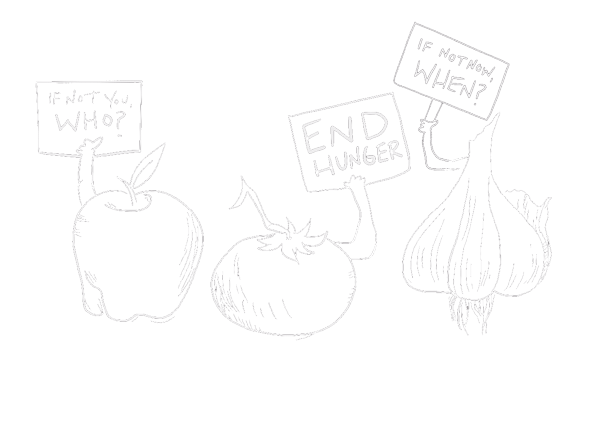San Diego County Has Second Highest Number of Children Facing Hunger in California
A new report released today by Feeding San Diego, Map the Meal Gap 2018, shows that about one out of every eight San Diegans are struggling with hunger. The situation is even worse for our children. Across the county, one out of every six kids, over 125,000 youth, are struggling with hunger.
“Over 125,000 kids need our help, and they need it now,” said Vince Hall, CEO of Feeding San Diego. “Our kids deserve the opportunity to achieve their dreams, but hunger is absolutely debilitating. It affects learning, it affects physical health, it affects behavior, and it affects self-esteem. As a community, we must do more to close the hunger gap for all San Diegans, but especially for our kids.”
Feeding San Diego works to feed thousands of children across the county through innovative food rescue programs and dozens of school pantry and backpack food programs focused on healthy foods like fruits and vegetables. The organization is San Diego’s leading hunger relief agency and is preparing to launch its “Fuel for Summer” program to keep kids fed when they lose access to school meals during the long summer months.
Unfortunately, the U.S. House of Representatives is considering legislation, known as the 2018 Farm Bill, to significantly reduce and restrict the Supplemental Nutrition Assistance Program, known as “SNAP” nationally and “CalFresh” here in California. These cuts will significantly worsen the hunger gap because for every one meal provided by the Feeding America network, the SNAP program provides twelve meals.
“The proposed cuts to SNAP will make an already serious crisis much, much worse,” said Hall. “We are asking all San Diegans to please call their Congressional representatives and tell them that America’s hunger charities cannot fill the massive gap these cuts would create. Families will be left without enough food.” Feeding San Diego is one of 200 food banks in the Feeding America network that collectively provides food assistance to 46 million Americans struggling with hunger.
Feeding San Diego provides food and resources to a network of more than 245 distribution partners serving 63,000 children, families and seniors each week. Focused on healthy food, education and advocacy, FSD distributed 25.2 million meals last year through innovative programs and collaborative partnerships to reach families, seniors, and our military heroes in the communities where they live, work and play.
Map the Meal Gap 2018, the latest report by Feeding America on food insecurity, uses data from the U.S. Department of Agriculture, U.S. Census Bureau, U.S. Bureau of Labor Statistics and food price data and analysis provided by Nielsen, a global provider of information and insights. The study is supported by The Howard G. Buffett Foundation, Conagra Brands Foundation and Nielsen.

Key local findings:
- 127,280 children living in San Diego County are estimated to be food insecure, representing 1 in 6 children.
- One-third of these children are not eligible for any federal nutrition assistance programs.
- San Diego faces an annual gap of 64,784,900 meals to provide for all local residents facing hunger.
The study’s findings underscore the depth of need that remains in communities in San Diego and across the U.S. Food insecurity is a measure defined by the USDA as lack of access, at times, to enough food for an active, healthy life for all household members.
Dr. Craig Gundersen, Professor of Agricultural and Consumer Economics at the University of Illinois, Executive Director of the National Soybean Research Laboratory and a member of Feeding America’s Technical Advisory Group is the lead researcher of Map the Meal Gap 2018.
“The Feeding America nationwide network of food banks works hard to deliver more than 4 billion meals annually to people facing hunger, yet SNAP serves 12 meals for every one meal provided through our network,” said Matt Knott, president of Feeding America. “As Congress debates legislation like the 2018 Farm Bill, programs like SNAP must be protected and strengthened so that people facing hunger and trying to make ends meet have the essential food resources they need.”
This is the eighth consecutive year that Feeding America has conducted the Map the Meal Gap study. The Map the Meal Gap 2018 interactive map allows policymakers, state agencies, corporate partners, food banks and individual advocates to develop integrated strategies to fight hunger on a community level. A summary of the findings, an interactive map of the United States, and the full report are available at map.feedingamerica.org. Join the conversation about Map the Meal Gap 2018 on Twitter using #MealGap.








